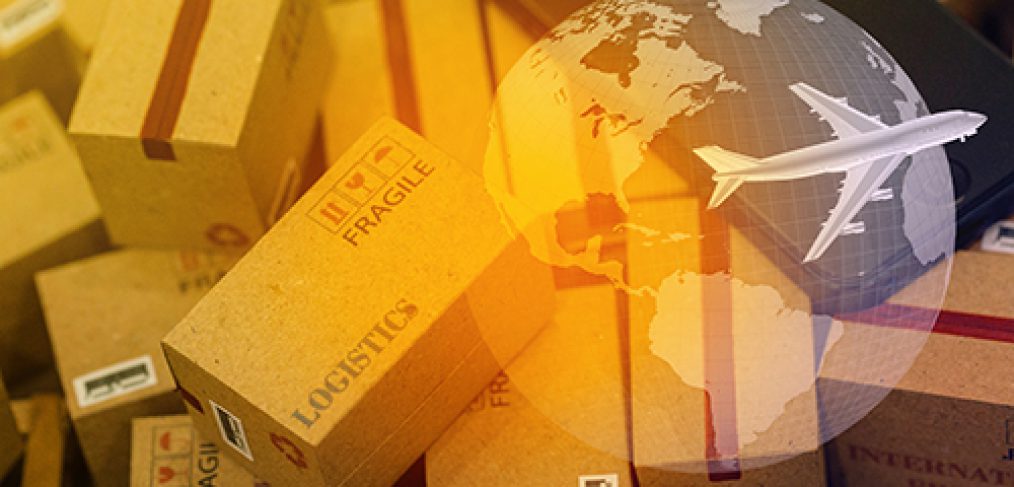In today’s society, there isn’t one business that’s gone untouched by technological advances. Even in the big business of shipping, technology and time have changed the way people send and receive their goods.
Shipping goods is one of the oldest businesses in the world. Yet, the way we communicate where our packages need to go has changed over time. From handwritten labels to bar codes and scanners, the packaging symbols we use have evolved along with our language.
This evolution is a must if we are to continue shipping packages across the globe. As maritime law changes, shipping regulations must change. Yet, there is one thing that’ll always remain the same, to maintain a safe environment, shipping symbols must be used.
The Language Divide: Shipping Overseas
When dealing with international shipping, there is often a language barrier between continents. With the number of people that must handle each box, communicating instructions is essential to the package arriving at its destination unscathed.
As in other industries, there are some guidelines that every shipping company must follow.
- If a shipment requires any special handling, it’s visible on the bill of lading. The shipping marks should be identifiable on the box as well.
- Keeping the goods inside of the cart safe is also a priority. So to protect the shipment from theft, coded marks should be used in place of trade names. These names should be changed periodically to help prevent theft.
- The port and identification marks that tell the destination and transfer points should be placed with waterproof ink on all three sides of the package. The image must be clear and easy to understand.
- When labeling a crate for shipping, stencils are a great way to keep all images easy to read.
- All shipping marks must be in the same language from the pickup point to the destination. Should those places cross, international lines the package should have instructions in both languages.
If you are shipping internationally, then it’s always a good idea to have all of the instructions on the crate as well as the package, especially if there are special handling instructions.
Since there is often a language divide between shipping destinations, pictorial images help convey instructions. Similar to hieroglyphics, graphic images can communicate instructions across a language barrier to help keep your package intact.
UN Packaging Standards
When businesses ship any hazardous chemical, it’s important to remember that the U.N. has strict guidelines on shipping and receiving of dangerous goods.
Understanding the UN markings that must go into a shipment is no easy feat. You will be able to recognize this symbol by the UN marking that is in front of a string of code. Next comes the package identification code, packaging group level equivalent, then the mass and (or) the gravity of the package.
Followed directly by the solids or inner packaging, then the year and location of the manufacturer, and finally, the certification of the manufacture.
Without knowing the meaning, the code would look like a long string of numbers on the side of a box.
Hazard Classes
For every shipment that contains hazardous materials, there are specific codes that must be present. This classification is vital to the security of the materials and the safety of everyone who handles the package.
Some hazardous materials are not allowed for air transport. This class includes anything that contains any explosive materials. This cargo falls within the following classifications:1.1, 1.2, 1.3, 1.4F, and 1.5.
Other than explosives, hazard class refers to anything that is either flammable or nonflammable toxic gasses, any flammable liquid, flammable solids. If it can catch on fire or spontaneously combust, it’s considered a hazard.
There are also oxidizing materials that fall within this class, as well.
Packaging Symbols
To close the communication gap with vendors around the globe, we had to find a way to speak in a language everyone can understand. This point in history is where a universal guide broken down into pictures was created. Elementary in design, these symbols are simple enough for anyone to grasp its message.
Here are a few of the most common shipping symbols that you will see on your packages:
To explain that a box must stay dry, a stamp showing a picture of an umbrella with raindrops falling on top of it will be visible.
Indicating that the contents of a package are fragile, there will be a picture of a wine glass with a crack on it.
For instructions to handle the packaging with care, there will be a set of hands holding a box.
To state that a package contains food products, a picture of a fork and glass will be present.
These are all commonly known throughout the shipping industry, and they rarely change to help maintain continuity.
These symbols are not only on large shipping crates and containers but also on boxes in your local grocer. From glass bottles to cans of lighter fluid, if you search the packaging, you will see multiple symbols on there, letting you know that a product is recyclable, flammable, or a plethora of other reasons.
The Importance of Symbols
Packaging symbols are there to help protect everyone from the chain of events that will happen if mishandled or disposed of improperly. So before you send out your next shipment, take a moment to make sure to take a moment to check out the box and see what the symbols are telling you.
For more answers to your shipping-related questions, take a moment, and check out our website. If you would like more details on how we can help you with all your shipping needs, give us a call for more information.

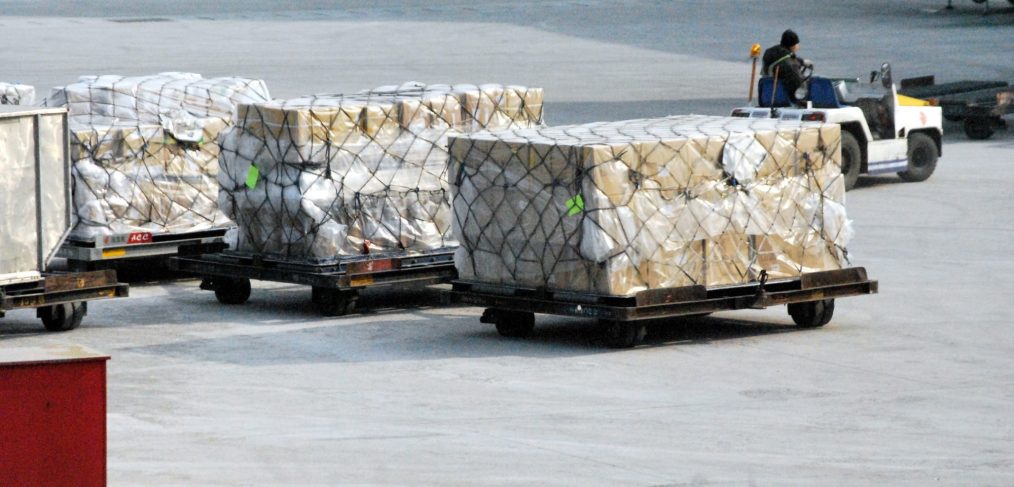
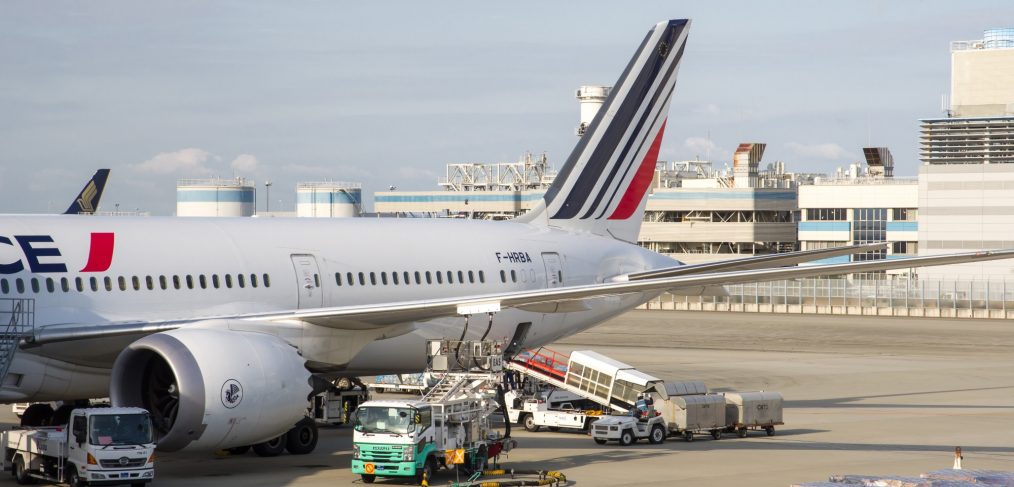

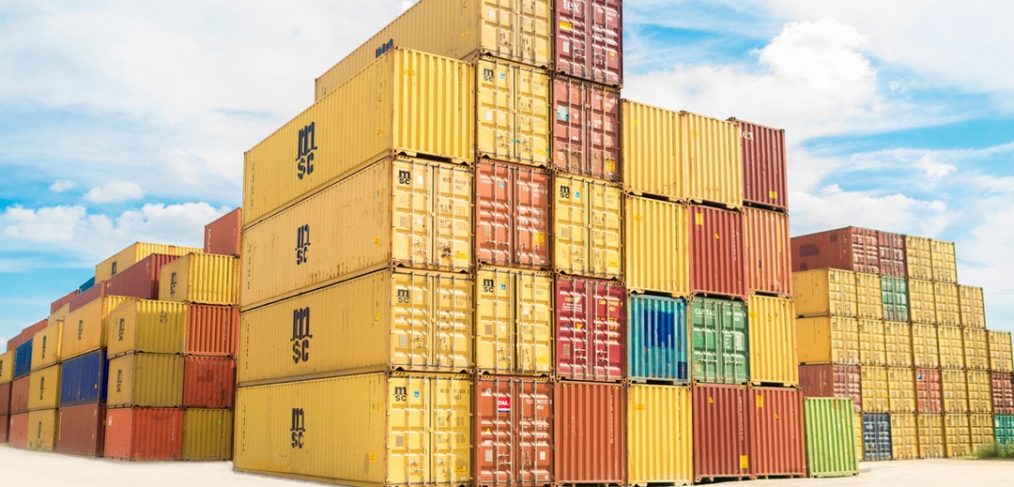
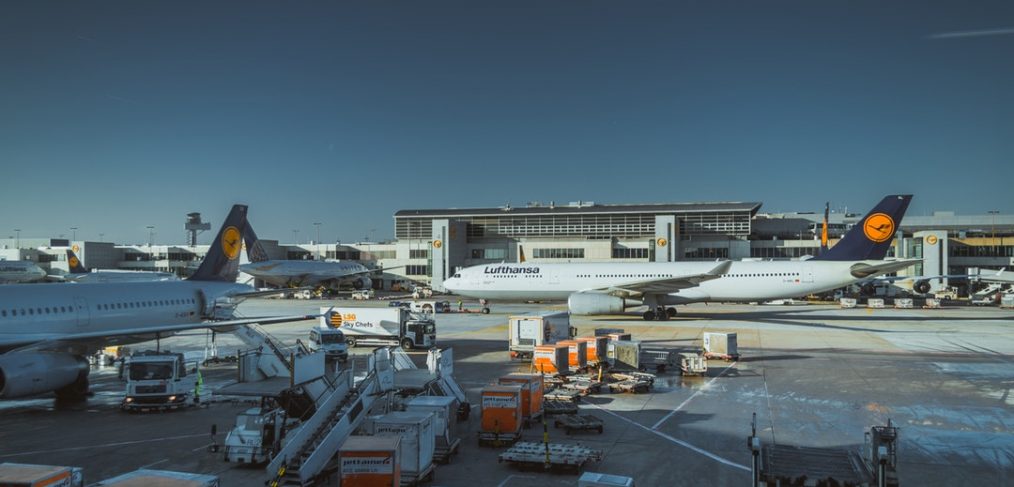

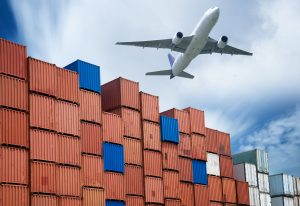
 Air freight is much faster than shipping freight. Especially when ships have already slowed down to the
Air freight is much faster than shipping freight. Especially when ships have already slowed down to the  Have you ever shipped a package and then wondered if it was sent via the Pony Express? Or maybe it took so long you wondered if they invented a special Snail Express and put your package on it.
Have you ever shipped a package and then wondered if it was sent via the Pony Express? Or maybe it took so long you wondered if they invented a special Snail Express and put your package on it.
